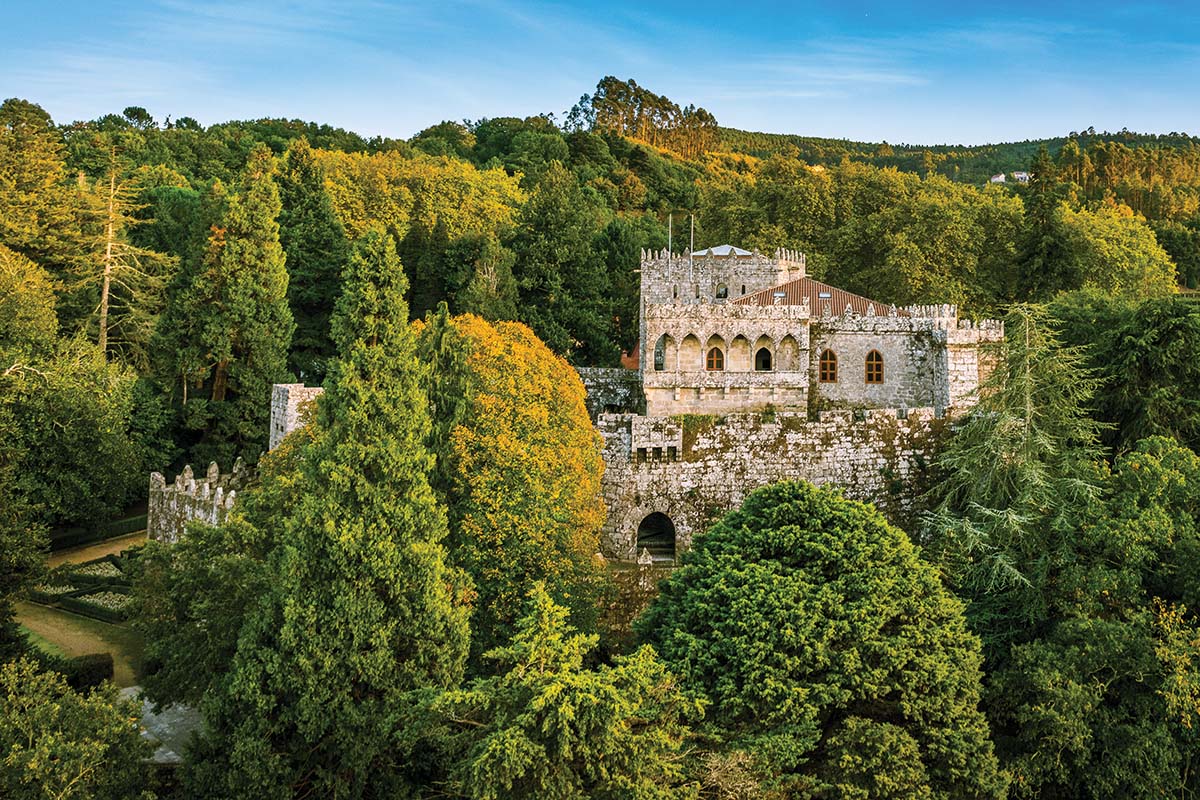Top Spanish National Parks
Text: Eddi Fiegel

© Extremadura Tourist Board
As one of the largest countries in Europe, Spain’s landscape is so varied that travelling from the snow-tipped mountains of the Sierra Nevada to the wild sandy beaches of Galicia’s Islas Atlánticas, you could almost be forgiven for thinking you’d arrived in another country. Add the volcanic scenery of the Canary Islands into the mix and the landscapes become more varied still. Throughout Spain and its islands there are spectacular national parks – perfect for walking, birdwatching, mountain biking and even skiing. Here’s our pick of the best.

Sierra Nevada. Photo © Consejería de Turismoy Deporte de la Junta de Andalucía
Sierra Nevada, Andalusia
Stretching across large swathes of Andalusia, Spain’s largest national park is also one of its most dramatic and spans the provinces of Granada, Almería and Málaga, sprawling over some 200 acres. With rugged mountains (including over 20 snow-tipped peaks over 3,000 metres high), hair-raisingly sheer-drop gorges, lakes and lagoons, as well as neat terraces ablaze with almond trees in the foothills of the Alpujarras, the landscape is as varied as it’s photogenic. It’s also a haven for rare fauna and flora. If you’re a skiing fan, winter is the time to visit.
Montseny, Catalonia. Photo © Catalan Tourist Board
Montseny, Catalonia
Only 30 miles north of Barcelona, the Montseny national park includes the impressive Montseny massif mountain range. Covering over 120 acres, a trip to Montseny makes for a fantastic day out from the Catalan capital and the park is popular with both walkers and mountain-bikers, who love its mountainous terrain. Whether you fancy a gentle stroll or a more energetic hike, there are clearly marked out walking routes of different lengths, from half hour ambles to circular routes lasting several hours. Famous for its spring waters, there’s also a wide range of both Mediterranean and Alpine flora and fauna.
Picos de Europa. Photo © Christopher Willan/Greentraveller
Picos de Europa, Astrias, Cantabria, Castile & Leon
Nicknamed ‘Spain’s Dolomites’, the Picos de Europa is one of Spain’s most famous and popular national parks. It was also the country’s first, created in 1918. The park is home to a stunning and varied landscape of mountains, meadows and lakes, sheer rock faces and river gorges, as well as immensely Instagrammable limestone peaks. It’s also home to rare wildlife including wild bears and boars, wolves as well as 100 bird species including golden eagles and griffon vultures.
Teide. Photo © Turismo de Canarias
Teide, Tenerife
Another of Spain’s most popular National Parks, Teide’s vast volcanic landscape is also the largest and oldest of the Canary Islands. Rising up majestically in the midst of multi-hued volcanic cones is the epic Mount Teide itself (peaking at around 12,200 feet), but don’t worry about it erupting. The last time it did so was in 1798. Set at around 6,500 feet above sea level, the best way to see the park is either by car or in the cable car which takes you on a breathtaking ride to the mountain’s peak. It’s well worth it, not least for the staggering views of the neighbouring islands including La Gomera, La Palma, Gran Canaria and El Hierro.
Monfragüe National Park. Photo © Extremadura Tourist Board
Monfragüe, Extremadura
Originally named by the Romans who called it ‘Mons Fragorum’, or ‘fragmented mountain’, Monfragüe is home to a dramatic combination of rugged mountains, oak forests, reservoirs, rivers, streams and cliffs. It’s also a favourite with both animal lovers – drawn by some 200 animal species – and birdwatchers, with a phenomenal array of birds from owls and Egyptian eagles to vultures and black storks. Colour-coded routes make it perfect for walking.
Islas Atlanticas. Photo © Photo: 2019 Turismo de Galicia
Islas Atlánticas, Galicia
Made up of various archipelagos off Galicia’s coast, the most impressive islands are the Cies islands, Ons, Sálvora and Cortegada, off the coast of Pontevedra. Take a boat from nearby Vigo and explore their blissfully wild, white sand beaches and clear azure waters. Rodas beach on the Cies islands is also not to be missed whilst Ons features a series of eerie caves or ‘furnas’ formed by the sea, where legend has it that on stormy nights you can hear the voices of the dead.
www.parquenacionalillasatlanticas.com

Timanfaya, Lanzarote
Lanzarote is full of stark, impressive landscapes but this extraordinary park is surely one of its most striking. Spanning nearly a quarter of the island, the terracotta and slate-toned volcanic mountains were originally created by volcanic eruptions in the 18th century, and because the climate is so dry on the island, the landscape has remained little changed ever since.
www.reservasparquesnacionales.es
Subscribe to Our Newsletter
Receive our monthly newsletter by email










